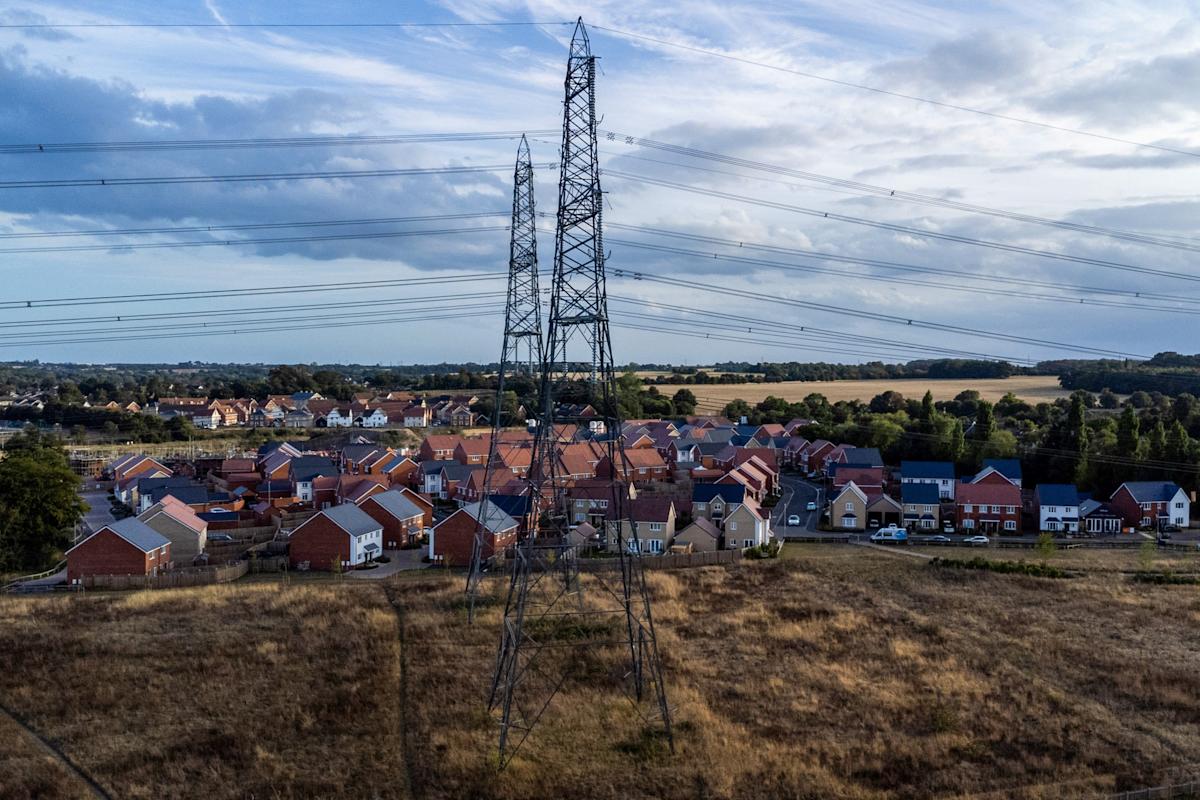Tech Pledges From Trump’s UK Visit Will Test Strained Power Grid
(Bloomberg) — Microsoft Corp. and OpenAI are among the US firms that have in recent days pledged to invest £31 billion ($41.8 billion) into artificial intelligence projects in Britain, but industry experts say the commitment could be undermined by the UK’s aging power grid and some of the world’s highest electricity prices.
Prime Minister Keir Starmer has promised to fast-track planning approval for data centers and ease access to the power grid. But AI is notoriously energy-hungry and companies could look elsewhere if the government can’t meet its commitments.
Most Read from Bloomberg
“The UK is simply unfit for datacenter development, with some of the world’s highest electricity prices, an ill-suited planning system and a systemic failure of governance,” said Joshua Leahy, chief technology officer at XTX Markets.
Earlier this year, XTX Markets, the quant trading firm backed by billionaire Alex Gerko, announced it would spend more than €1 billion building five data centers in Finland, where power is cheaper, to underpin its growing use of machine learning.
The US-UK initiative is a spin off from President Donald Trump’s visit to the UK this week.
Getting these plans off the page and onto the ground is going to be tough. New infrastructure in the UK from hospitals to manufacturing is already facing challenges from an aging, strained grid. As things stand, it can take at least five years to get a new connection, according to Savills Plc, a real estate firm working with developers to identify which sites are suitable for data centers.
In the US, the AI boom is spurring the biggest surge in power demand in decades, leading to soaring utility bills. The largest grid, stretching from Virginia to Illinois and home to the biggest concentration of AI data centers in the world, mostly uses natural gas, nuclear reactors and coal rather than clean energy.
In the UK, the same power mix isn’t going to work. The government’s central energy policy envisages having a clean grid by 2030 while lowering bills by £300. On top of that, if the planned “AI growth zones” come to fruition, they would create a huge surge in electricity demand.
Looking at the US experience, it’s increasingly difficult to see how Britain can manage to achieve all of these things.
The UK is making progress toward its 2030 goal, getting a record 50% of its electricity supply from renewables last year, according to government data. Even with renewable power being added at a record pace, demand from data centers could grow 40% by 2030 which would quickly soak up the extra supplies, according to analysis firm ICIS.


